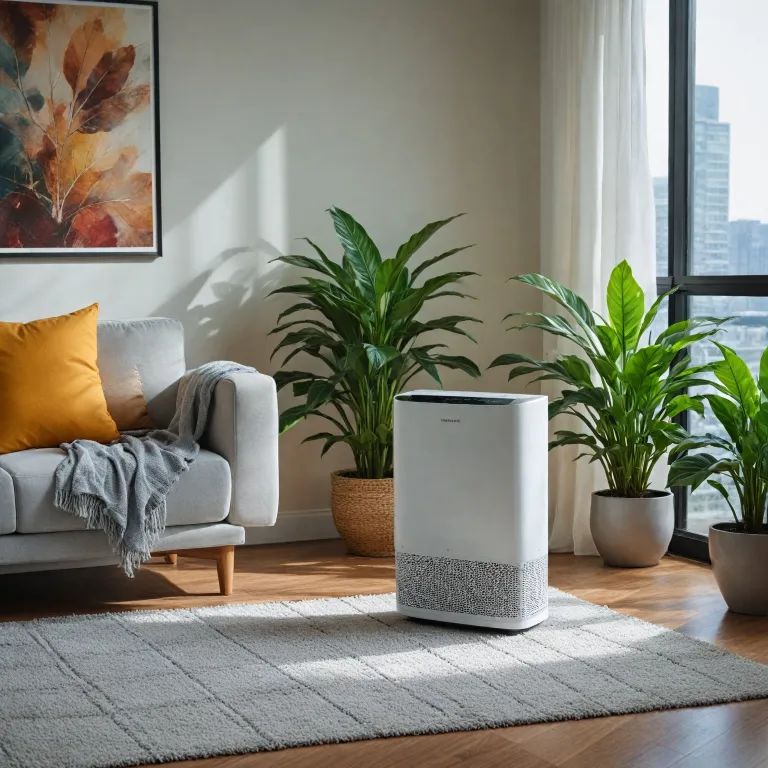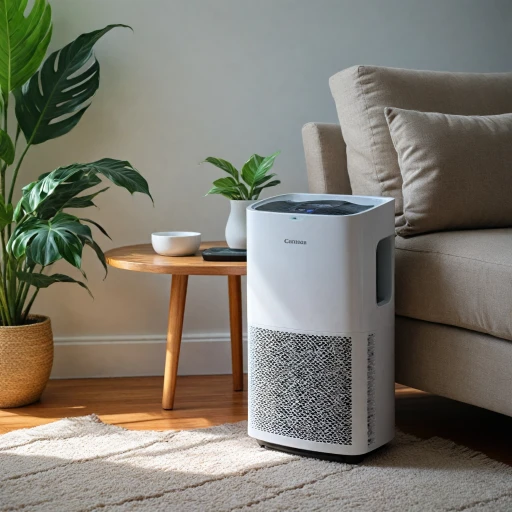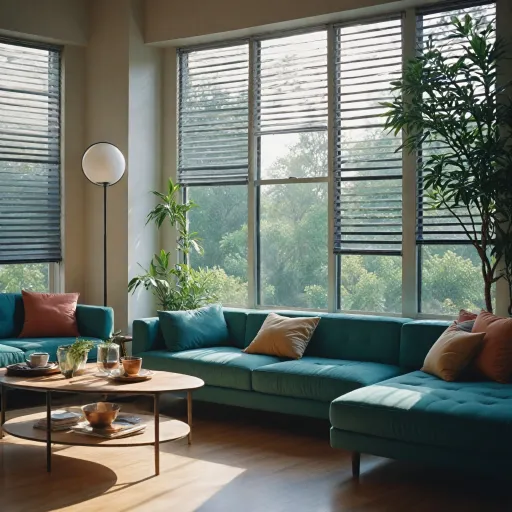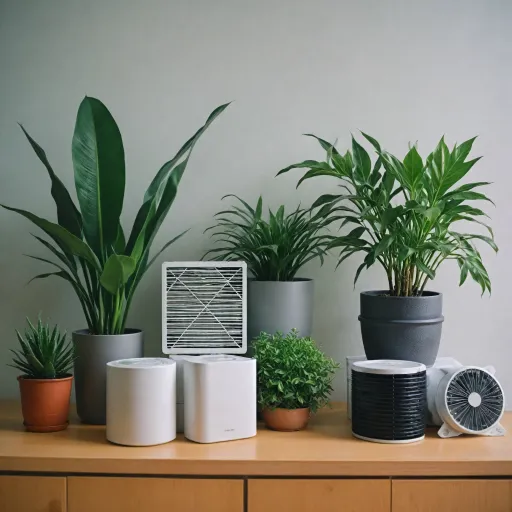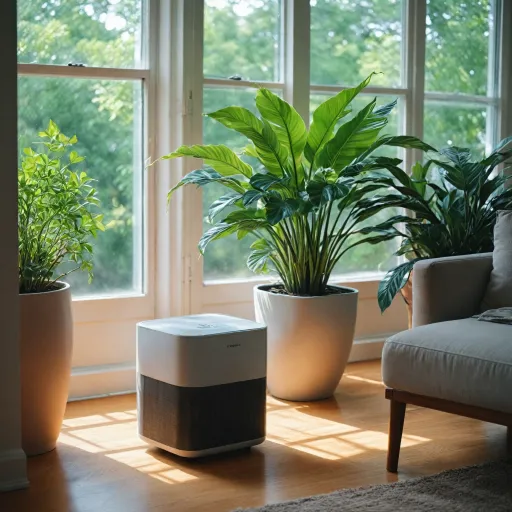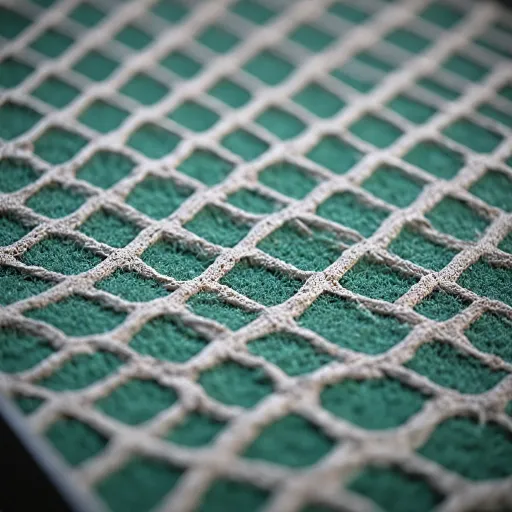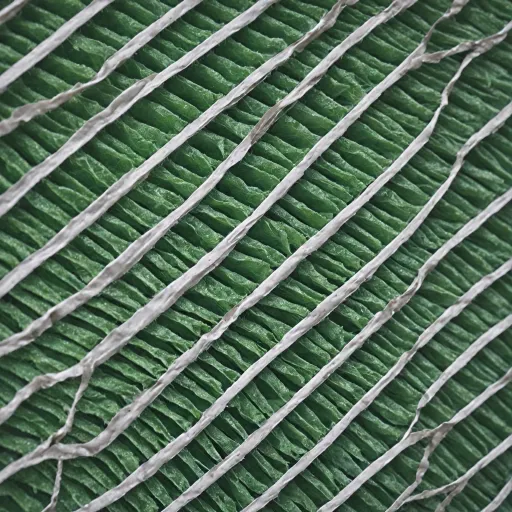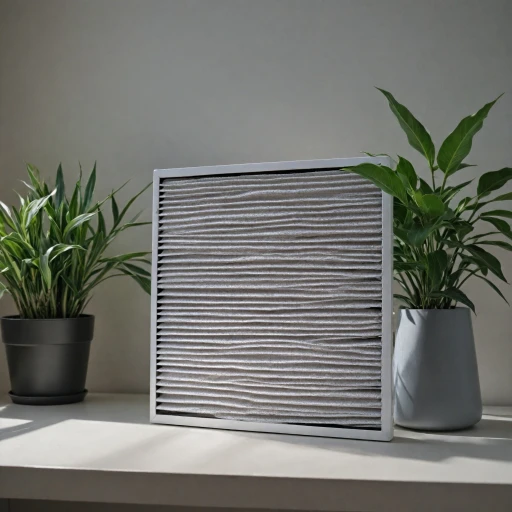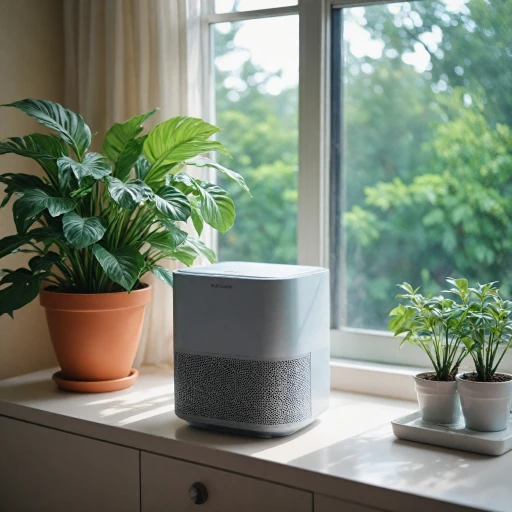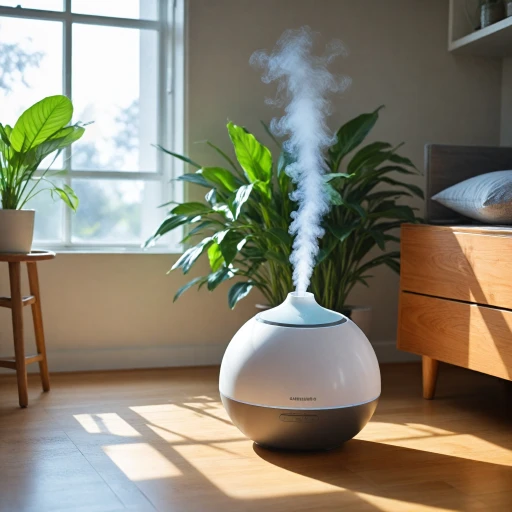
What is a MERV 17 Filter?
The Role of Advanced Filtration
A MERV 17 filter represents a high-efficiency level in air filtration, specifically designed to capture a variety of airborne particles. Unlike standard filters, MERV 17 filters meet stringent standards and are able to capture particles of varying sizes, including even those as tiny as nominal microns. This is crucial for achieving better indoor air quality, an essential component in any HVAC system. When discussing the filtration system of an air purifier, the MERV rating becomes a critical factor. The MERV rating, or Minimum Efficiency Reporting Value, is a numerical representation of the filter's efficiency, allowing consumers to make informed decisions based on their specific air quality needs. High MERV ratings ensure that filters capture not only large debris but also finer particles that contribute to air pollution and allergies. While HEPA filters are well-known for their ability to trap fine debris, a MERV 17 filter offers an advanced air filtration system that can complement, if not enhance, the capabilities of traditional HEPA filters. This is especially relevant in environments where clean air is paramount for health or operational reasons. To better understand the significance of these filters and their comparison to others on the market, it's beneficial to learn more about the role of varied filtration products, such as fiberglass air filters, which are also part of this wide-ranging field of air quality management. The comparison between these types of products can inform more nuanced decisions for both households and commercial entities aiming for optimal air purification.How Does a MERV 17 Filter Work?
Operation of High-Efficiency Filters
Understanding how a MERV 17 filter operates helps highlight its role in improving indoor air quality. These filters work by capturing airborne particles, ensuring environments maintain clean air. The filter is designed with high efficiency in mind, targeting smaller particles that ordinary air filters might miss.
A MERV 17 filter boasts a filtration system that can tackle particles as small as 0.3 microns, similar in efficiency to hepa filters. The system utilizes a dense filtration material which intercepts particles as air passes through, thanks to its HQ design. This ability to capture finer particles highlights its superiority over lower number MERV filters. This functionality ensures that your HVAC system delivers superior air with every cycle.
To understand more about the intricacies of these filters, consider exploring the importance of keeping up with replacement schedules to maintain optimal filter performance.
Benefits of Using a MERV 17 Filter
Enhanced Air Quality
One of the primary benefits of using a MERV 17 filter in your air purifier is the significant improvement in indoor air quality. These filters are designed to capture a wide range of airborne particles, including dust, pollen, and even some bacteria and viruses. With a high MERV rating, these filters are highly efficient in trapping particles as small as 0.3 microns, ensuring cleaner air in your living spaces.
High Efficiency in Filtration
MERV 17 filters offer high efficiency in air filtration, making them an excellent choice for those who suffer from allergies or respiratory issues. The advanced filtration system can remove up to 99.97% of airborne particles, similar to HEPA filters, but with a higher nominal efficiency. This ensures that the air you breathe is free from harmful contaminants, providing a healthier environment.
Compatibility with HVAC Systems
These filters are compatible with various HVAC systems, allowing for seamless integration into your existing setup. By incorporating a MERV 17 filter into your HVAC system, you can enhance the overall air filtration process, ensuring that clean air circulates throughout your home. This compatibility makes it a versatile choice for improving air quality across different models and systems.
Durability and Longevity
Another advantage of MERV 17 filters is their durability. These filters are designed to last longer than standard air filters, reducing the frequency of replacements. This not only saves you money in the long run but also ensures that your air purifier maintains its high efficiency over time. For those interested in crafting their own filters, you can explore crafting your own cabin air filter to further enhance your air purification system.
Challenges and Considerations
Weighing the Challenges and Key Considerations
While the advantages of using a MERV 17 filter in air purifiers are abundant, there are several factors to consider when deciding if it's the right fit for your air filtration needs. The primary consideration is the filter's higher airflow resistance due to the dense material used to capture fine airborne particles. This increased resistance can make the system work harder, potentially leading to higher energy consumption. Therefore, ensuring that your air purifier or HVAC system is compatible with the MERV 17 filter's demands is crucial. Additionally, when operating at such a high-efficiency level, the filter may require more frequent replacements to maintain optimal performance. This could translate into increased maintenance costs over time. Be sure to check your unit's specifications to determine the nominal lifetime of the MERV filter, as this can vary by product and model. Another point to consider is the initial cost, which can be higher for a MERV 17 filter compared to other filters with a lower merv rating or standard HEPA filters. However, this might be offset by the superior filtration and resultant air quality improvements in areas requiring high air purity, such as medical facilities or environments with high levels of indoor air pollution. Lastly, when choosing a filter, always ensure it aligns with your desired air cleaning goals, such as managing specific particle sizes or addressing allergens. This reflects back on examining the type of environment in which the filter will be used, as discussed earlier. Remember, not all air filtration systems are designed for high-efficiency models like the MERV 17, so compatibility with the existing air purifier or HVAC system is vital for achieving the best indoor air quality. Balancing these challenges with the remarkable air purification capabilities offered by a MERV 17 filter will ensure that you get optimal benefits from this high-efficiency filtration option.Comparing MERV 17 to Other Filters
Comparing MERV 17 Filters with Other Air Filtration Methods
When exploring options for improving indoor air quality, it’s essential to understand the distinct capabilities and limitations of different air filtration systems. Among various filters, MERV 17 filters stand out due to their exceptional efficiency in capturing airborne particles. First, let’s consider HEPA filters, which are widely recognized for their ability to trap at least 99.97% of particles as small as 0.3 microns. While many HEPA filters offer high efficiency, MERV 17 filters surpass standard HEPA in particle capture size and efficiency. A MERV 17 filter can typically trap particles as tiny as 0.3 microns with similar or better performance than conventional HEPA, making them suitable for environments requiring stringent air purity, such as hospitals. Another point of comparison lies in the MERV rating scale itself, which ranges from 1 to 20. Lower rating filters, ranging from MERV 1 to 11, are generally used for basic residential HVAC systems and are effective for removing larger particles like pollen and dust mites. However, when concerned with finer pollutants like smoke, mold spores, and bacteria, higher MERV ratings, such as those found in MERV 13 and above, become crucial. MERV 17 filters, in terms of efficiency, represent a pinnacle on this scale, delivering superb air purification. Furthermore, high efficiency doesn’t come without considerations. Some HVAC systems may struggle to accommodate the denser MERV 17 filters, which can inhibit airflow if the system is not designed for such high-efficiency items. Ensuring your HVAC system is compatible with the filter’s nominal size and rating is essential to maintain optimal air circulation without straining the system. While MERV 17 filters provide unmatched filtration capabilities, their selection should depend on the specific air quality requirements of your environment and the capabilities of your existing systems. Balancing filter size, efficiency, and HVAC compatibility will ensure your air purifier delivers clean air effectively.Choosing the Right Air Purifier with a MERV 17 Filter
Factors to Consider When Selecting an Air Purifier with a MERV 17 Filter
When it comes to choosing the right air purifier equipped with a MERV 17 filter, there are several factors to carefully evaluate. These include efficiency, system compatibility, and the size of your space. Here's what you need to consider:- Filter Efficiency and Air Quality: A MERV 17 filter offers high efficiency in filtering out small airborne particles, contributing to improved indoor air quality. When evaluating different models, ensure that the air purifier can support such a high-efficiency filter.
- Space Requirements and System Rating: Consider the nominal size of your space and select an air purifier with a suitable MERV rating that can handle the volume of air effectively. This ensures that the air filtration system can continuously provide clean air.
- Compatibility with Existing HVAC Systems: If you plan to integrate the air purifier with an existing HVAC system, confirm that the model you choose is compatible with your current setup. The MERV 17 filter’s high rating requires certain specifications to work optimally.
- Quality of Pre-Filters: A high-quality air system may also include pre-filters that help to extend the life of the MERV 17 filter by capturing larger particles first. This multi-stage filtration system can often improve the overall efficiency.
- Consideration for Maintenance and Replacement: Check how often the filters, including the MERV 17 filter, need to be changed. Some air purifiers alert you when maintenance is due, which can help in maintaining optimal performance and air quality.
